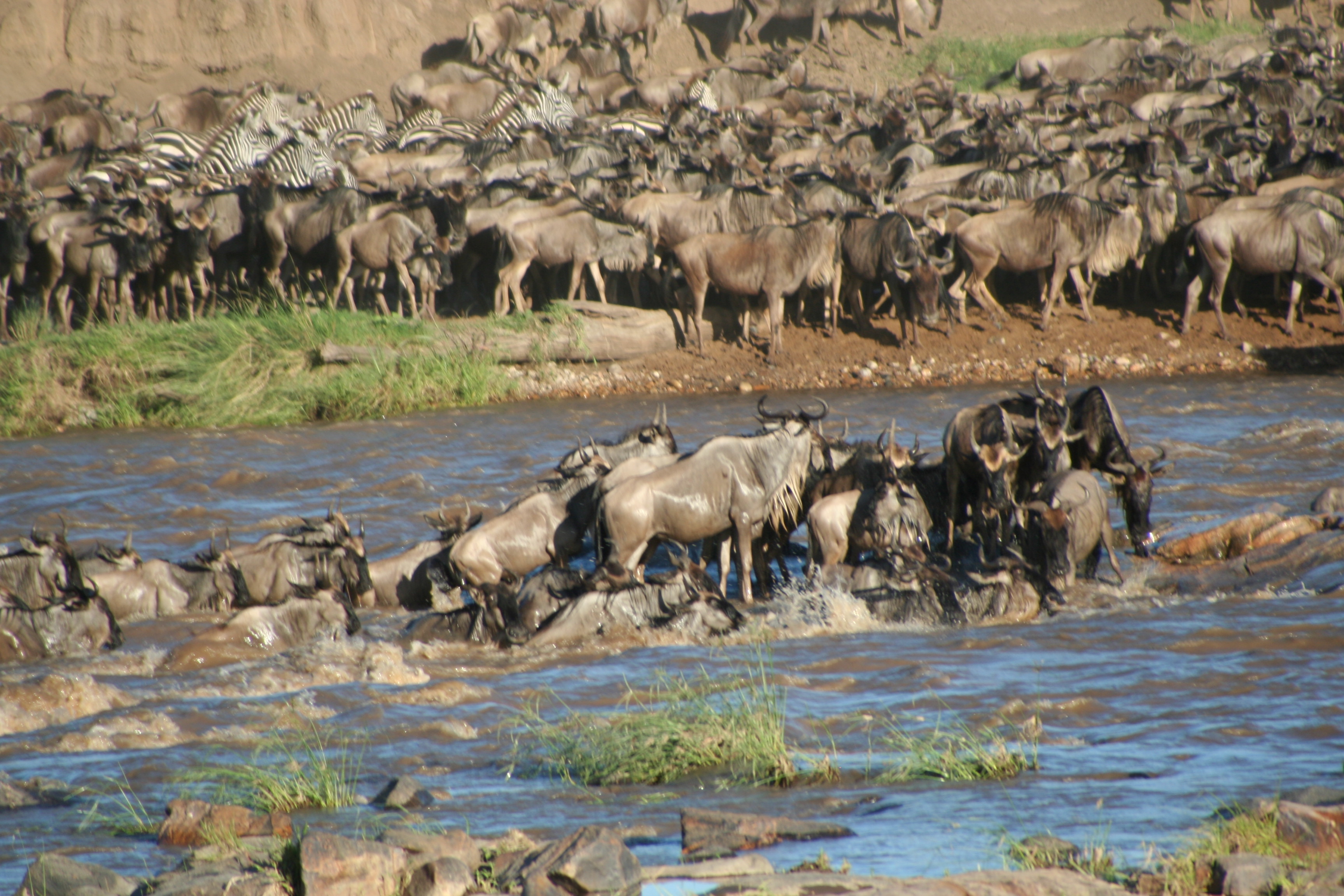Migration (ecology) on:
[Wikipedia]
[Google]
[Amazon]
 Migration, in
Migration, in
 Migration, in
Migration, in ecology
Ecology () is the study of the relationships between living organisms, including humans, and their physical environment. Ecology considers organisms at the individual, population, community, ecosystem, and biosphere level. Ecology overl ...
, is the large-scale movement of members of a species to a different environment. Migration is a natural behavior and component of the life cycle
Life cycle, life-cycle, or lifecycle may refer to:
Science and academia
*Biological life cycle, the sequence of life stages that an organism undergoes from birth to reproduction ending with the production of the offspring
* Life-cycle hypothesis ...
of many species of mobile organisms, not limited to animals, though animal migration
Animal migration is the relatively long-distance movement of individual animals, usually on a seasonal basis. It is the most common form of migration in ecology. It is found in all major animal groups, including birds, mammals, fish, reptile ...
is the best known type. Migration is often cyclical, frequently occurring on a season
A season is a division of the year based on changes in weather, ecology, and the number of daylight hours in a given region. On Earth, seasons are the result of the axial parallelism of Earth's tilted orbit around the Sun. In temperate and ...
al basis, and in some cases on a daily basis. Species migrate to take advantage of more favorable conditions with respect to food availability, safety from predation
Predation is a biological interaction where one organism, the predator, kills and eats another organism, its prey. It is one of a family of common feeding behaviours that includes parasitism and micropredation (which usually do not kill th ...
, mating
In biology, mating is the pairing of either opposite- sex or hermaphroditic organisms for the purposes of sexual reproduction. ''Fertilization'' is the fusion of two gametes. ''Copulation'' is the union of the sex organs of two sexually reprod ...
opportunity, or other environmental factors.
While members of some species learn a migratory route on their first journey with older members of their group, other species genetically pass on information regarding their migratory paths. Despite many differences in organisms’ migratory cues and behaviors, “considerable similarities appear to exist in the cues involved in the different phases of migration.” Migratory organisms use environmental cues like photoperiod and weather conditions as well as internal cues like hormone levels to determine when it is time to begin a migration. Migratory species use senses such as magnetoreception or olfaction to orient themselves or navigate their route, respectively.
The factors that determine migration methods are variable due to the inconsistency of major seasonal changes and events. When an organism migrates from one location to another, its energy use and rate of migration are directly related to each other and to the safety of the organism. If an ecological barrier presents itself along a migrant's route, the migrant can either choose to use its energy to cross the barrier directly or use it to move around the barrier. If an organism is migrating to a place where there is high competition for food or habitat, its rate of migration should be higher. This indirectly helps determine an organism's fitness by increasing the likelihood of its survival and reproductive success.
Migration is most commonly seen as animal migration, the physical movement by animals from one area to another. That includes bird
Birds are a group of warm-blooded vertebrates constituting the class Aves (), characterised by feathers, toothless beaked jaws, the laying of hard-shelled eggs, a high metabolic rate, a four-chambered heart, and a strong yet lightweig ...
, fish
Fish are aquatic, craniate, gill-bearing animals that lack limbs with digits. Included in this definition are the living hagfish, lampreys, and cartilaginous and bony fish as well as various extinct related groups. Approximately 95% of ...
, and insect migration. However, plants can be said to migrate, as seed dispersal
In Spermatophyte plants, seed dispersal is the movement, spread or transport of seeds away from the parent plant.
Plants have limited mobility and rely upon a variety of dispersal vectors to transport their seeds, including both abiotic vectors ...
enables plants to grow in new areas, under environmental constraints such as temperature and rainfall. When those constraints change, the border of a plant species's distribution may move, so the plant may be said to migrate, as for example in forest migration.
Effects of migration
A species migrating to a new community can affect the outcome of local competitive interactions. A species that migrates to a new community can cause a top-down effect within the community. If the migratory species is abundant in the new community, it can become a main prey for a resident predator, leaving other resident species as only an alternate prey. This new source of food (migrants) can increase the predatory species’ population size, impacting population sizes of its other prey when the migratory species return to their original location. If a resident species experiences a scarcity of food due to seasonal variation, the species can decrease in population, creating an opportunity for a new species to migrate to that location as the decrease in the population of the resident species leaves an abundance of food. Migratory species can also transport diseases long-distance from their original habitat.See also
* Great American Interchange, an event in which fauna migrated between North America and South America one the continents were bridged by the Isthmus of Panama *Human migration
Human migration is the movement of people from one place to another with intentions of settling, permanently or temporarily, at a new location (geographic region). The movement often occurs over long distances and from one country to another (ex ...
, physical movement by humans from one area to another
References
{{reflist Ecology Broad-concept articles